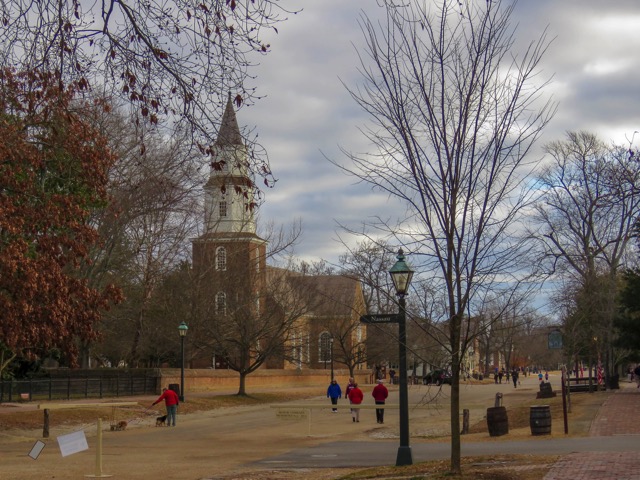As we had made arrangements to meet our tour guide at eight o’clock, we had an early breakfast. Once again we were one of the first people in the restaurant, and once again buffet food proved to be nearly inedible. Had I paid far less for this room than I did, I might forgive all of this. But when the price charged rivals that of the best hotels in the capital cities of Europe, I do not think that asking for more than rubbery eggs, soggy French toast, and limp bacon is too much.
After a short wait, we met Juan again. He was accompanied by another young man who drove us in an SUV to the marina in the town of Santa Cruz Huatulco. At the dock, we were introduced to our Santiago who would actually be our guide for the day. Santiago had a small powerboat, with several fishing rods attached to the roof. He pointed these out to us, but I told him politely that we were more interested in sightseeing, swimming, and snorkeling. He seemed quite agreeable to this and we paid him the rest of the money.
We left the marina and sailed around a point towards the national park. Las Bahias de Huatulco is among the dullest of Mexican resort areas, yet Fonatur, the government agency that developed these projects thirty years ago, made a couple good decisions here. One of these was to set aside a large area that included some of the best beaches as a national park. We stopped along the way to the park at another cove where we rented some snorkeling equipment.
We continued on to the national park. We came to an place with a stunning white beach, but Santiago went a little further out towards a large rock in the water. A large area, maybe about an acre, was marked with floating balls. “Aquí está el coral,” he told us. We put on our masks and fins and without much grace jumped into the water.
Normally, I do not find snorkeling as rewarding as most people do because my eyesight without glasses is pretty bad. But for some reason, I just had an amazing experience this time. I swam around for several minutes without seeing much of anything. But then, all of a sudden, I was floating over a blanket of purple and green surrounded by brightly colored fish. Continuing on, I found a hole amid the coral and there were phosphorescent blue fishing daring in and out of the coral caves. I experiences a sharp stinging sensation on my arm and realized that I had probably been stung by a jellyfish. I started to swim back to the boat, but decided to risk more stings in order to see more. I soon found myself swimming with a huge school of small gray fish. It was an astonishing experience.
When I returned to the boat, John had been been waiting there for quite a while. He had not seen nearly as much as I had, and it sounded like he had had an even worse time with the jellyfish.
We continued on to a small beach in a nearby cove. There were only five or six people there. We walked the length of the beach. John sat on a rock and I splashed about in the water. After thirty minutes or so, we were ready to go. I was up for exploring another beach, but John needed to eat. But when I told Santiago that “mi compañero tiene hambre,” he seemed to know right where to go. On our way there, he pointed out a famous stone formation that looks something vaguely like a human face.
As we approached the beach we noticed a number of different restaurants. But we were met on the beach by a very friendly lady who immediately told us to follow her to her restaurant. We figured out that there was probably some connection between Santiago and this woman, and we decided not to protest. She gave us a prime seat right at the front of the restaurant on the sand and we had a very pleasant meal there. After we ordered we noticed a meal in a styrofoam container being delivered from the restaurant to Santiago.
We were supposed to check out of our expensive hotel at one o’clock, and as we finished eating our meal we noticed that it was already twenty past twelve. I paid our friend and tipped her generously. She motioned for Santiago to bring his boat to the shore. As we were getting on the boat, someone from the restaurant came running over to give us John’s wallet. Apparently I had left it on the table. There are plenty of places in the world where he never would have seen that again.
Back at the marina, they put us on a taxi and delivered us to the hotel. We went up to the room and we packed our stuff. Just before two o’clock, I check out and Job was there waiting to take us back to Escondido. He had told us yesterday that the return trip would take about two hours and fifty minutes, but it about an hour less than that. I napped for part of the time. John was a little nervous as Job whizzed past trucks on this two lane road, and he closed his eyes and tried not to look at those little shrines to people who died in automobile accidents that line Mexican roads.
In the evening, John went to a meeting. We met up afterwards and had a pleasant meal at a small restaurant on the beach called Fresh. It was quite pleasant.































































